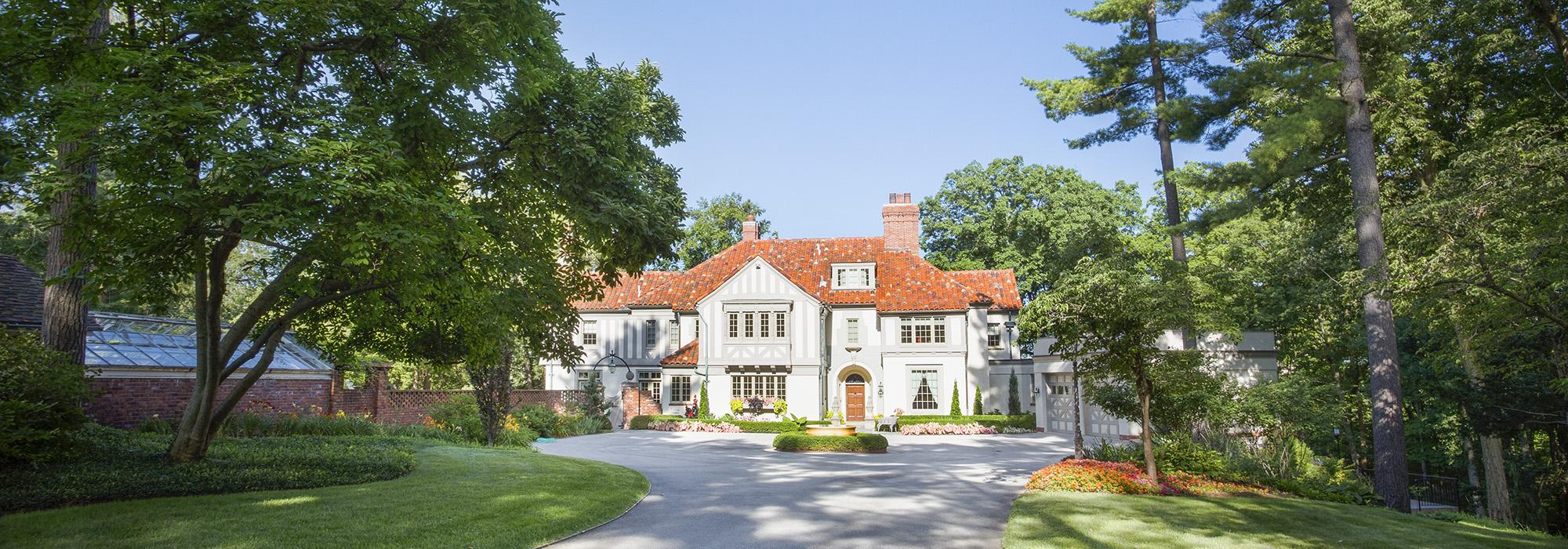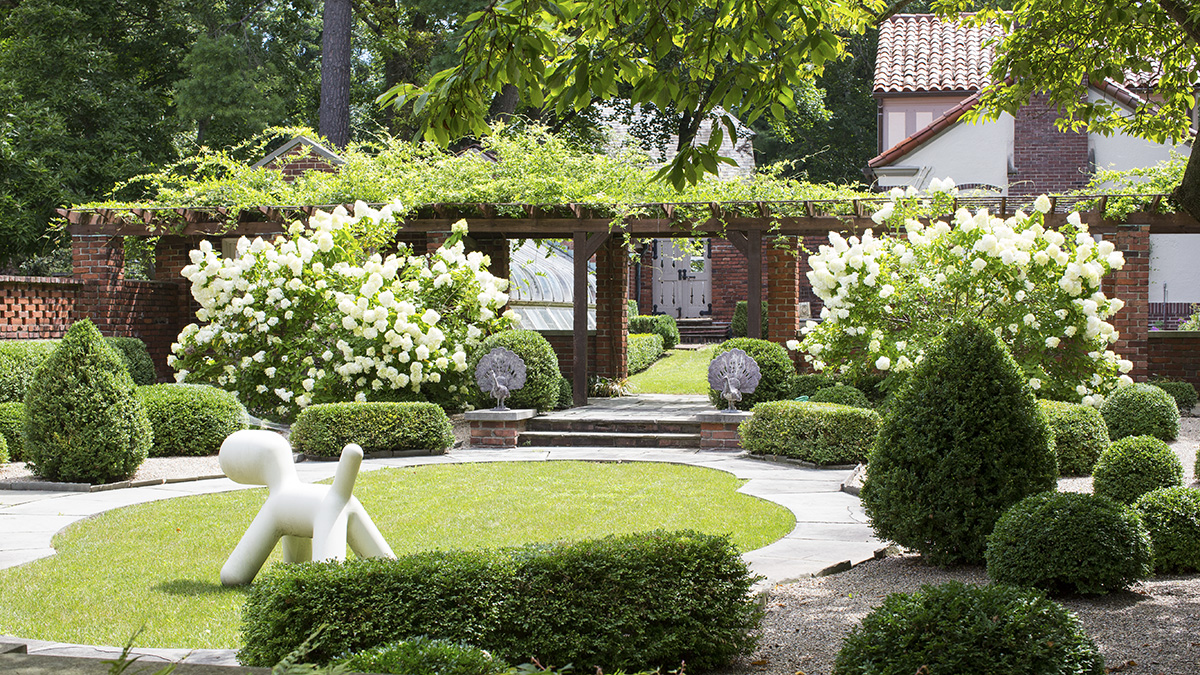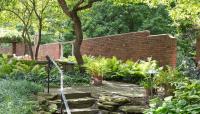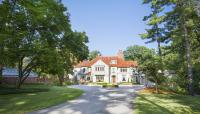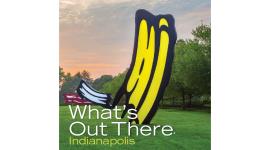Landscape Information
Located in a residential enclave on the near northwest side of Indianapolis, these five acres were part of what was originally the grand 100-acre country estate of American industrialist and writer David Parry. In 1922 Josephine Raymond Doud purchased the acreage on which Westerley now sits and hired Jens Jensen to develop its landscape design, and Frederick Wallick to design the house. In the early 1930s the property was sold to Dr. George Clowes, research director at Eli Lilly Company, and his wife. The Clowes named the estate “Westerley” and purchased a neighboring property in 1944 to expand the gardens. In 1958 the property was passed down to their son Allen, who worked with landscape architect Mark Holeman to restore the grounds. After Clowes’ death, the property was donated to the Indianapolis Museum of Art in 2001 and is used today for special events and as the home of the museum’s director.
The estate sits along a ridge bluff overlooking the White River and Central Canal. The entrance drive features a circular fountain on axis with the front door. Adjacent to the garage is a greenhouse and an English-style brick wall-enclosed garden, the long axis of which leads to a formal patio located at the southeast corner of the house. From there, stone steps lead up through a gate to the terrace at the rear of the house, and down the slope to a small ravine. A gate in the patio’s perimeter wall opens to a gently rolling hillside down to the canal with views of the White River. The estate is included in the Golden Hill Historic District, listed in the National Register of Historic Places in 1991.



